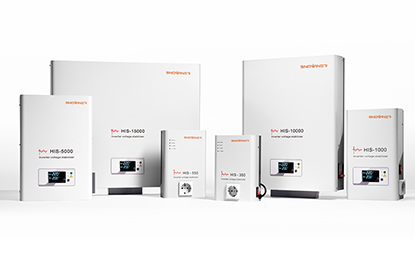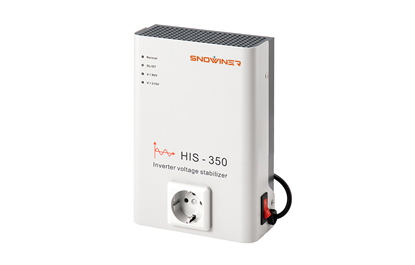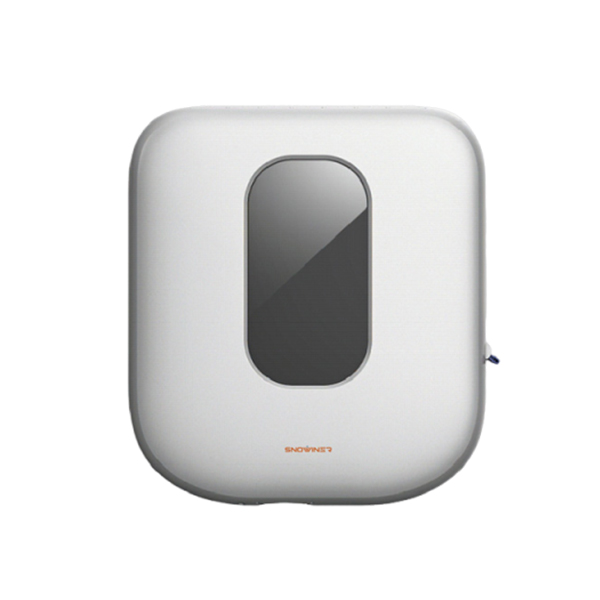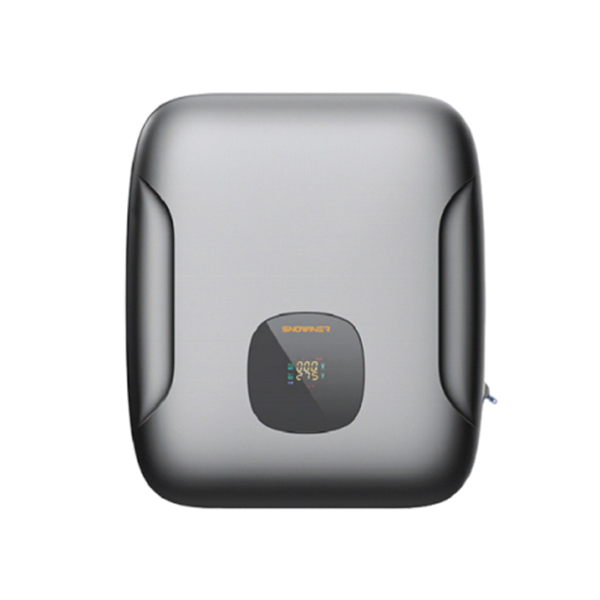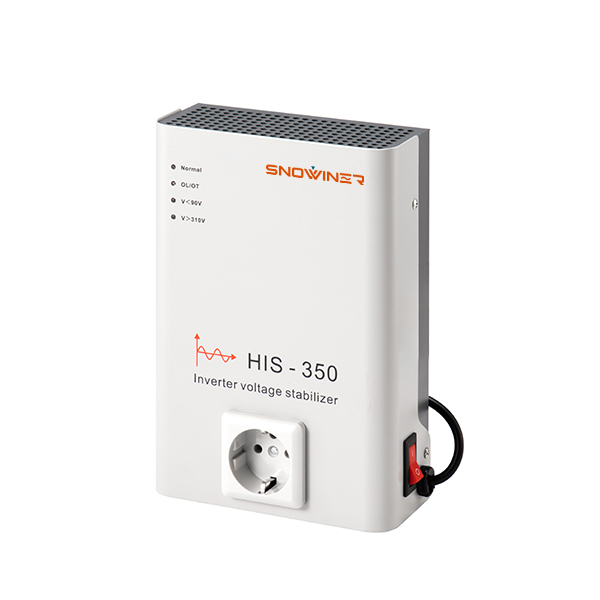How to Choose an Air Conditioner Inverter Voltage Stabilizer?
When the external voltage is unstable, a voltage stabilizer for air conditioners is essential. It ensures your air conditioner runs smoothly and prevents damage or efficiency drops from voltage fluctuations. However, many consumers, especially budget-conscious households, may not fully understand air conditioner voltage stabilizers and might even consider using an air conditioner transformer as an alternative. Below are some key points for selecting the right air conditioner voltage stabilizer:
1. Determine the Stabilizer’s Power
The primary load of an air conditioner is the compressor, which is an electric motor. This type of load draws a high current at startup. Although many modern air conditioners utilize inverter technology, a significant inrush current still occurs during startup. Therefore, when selecting a voltage stabilizer, it is essential to allow sufficient power overhead.
Typically, air conditioner power is represented in terms of 1 Ton, 1.5 Tons, 2 Tons, 3 Tons, etc., where 1 Ton equals 0.75 kW. Assuming the air conditioner has a power of 2 kW, it is best to select a voltage stabilizer with a power three times that of the air conditioner, i.e., a 6 kW voltage stabilizer.
2. Pay Attention to the Power Factor of the Voltage Stabilizer
Currently, approximately 80% of voltage stabilizers on the market have a power factor of 0.7, while 20% have a power factor of 0.8. This means that for a 10KVA voltage stabilizer, the actual output power is either 10KVA × 0.7 = 7 kW or 10KVA × 0.8 = 8 kW.
3. Consider the Impact of Low External Voltage
During peak usage times, such as summer, the external voltage tends to be low. In such cases, it is crucial to allow some overhead when using a voltage stabilizer. Generally, it is recommended that the actual load does not exceed 80% of the voltage stabilizer’s power.
For example, when the external voltage is 220V, the current for a 5000W load is 5000W/220V≈22.7A. However, when the external voltage drops to 170V, the current becomes 5000W/170V≈29.4A. It can be seen that the lower the input voltage, the higher the current. The transformer inside the voltage stabilizer has a fixed wire diameter. Under low-voltage conditions, it must handle significantly higher currents, which is a severe test of the voltage stabilizer’s performance and lifespan.
4. Integrated Calculation for Selection
Combining the above factors, consider a 1.5 kW air conditioner as an example. The calculation process is as follows: 1.5KW air conditioner×2 (to account for the high startup current of the compressor)=3KW; 3KW/0.8 (allowing for voltage stabilizer overhead)=3.75KVA (stabilizer power); 3.75KVA/0.8 (the actual load capacity of the voltage stabilizer is 80%)=4.68KVA. Therefore, a 2kW air conditioner is recommended to be paired with a 5kVA inverter voltage stabilizer.
In summary, when selecting an air conditioner voltage stabilizer, it is essential to consider multiple factors, including the air conditioner’s power requirements, the voltage stabilizer’s power factor, external voltage conditions, and overhead. This ensures the stable operation of the air conditioner.




